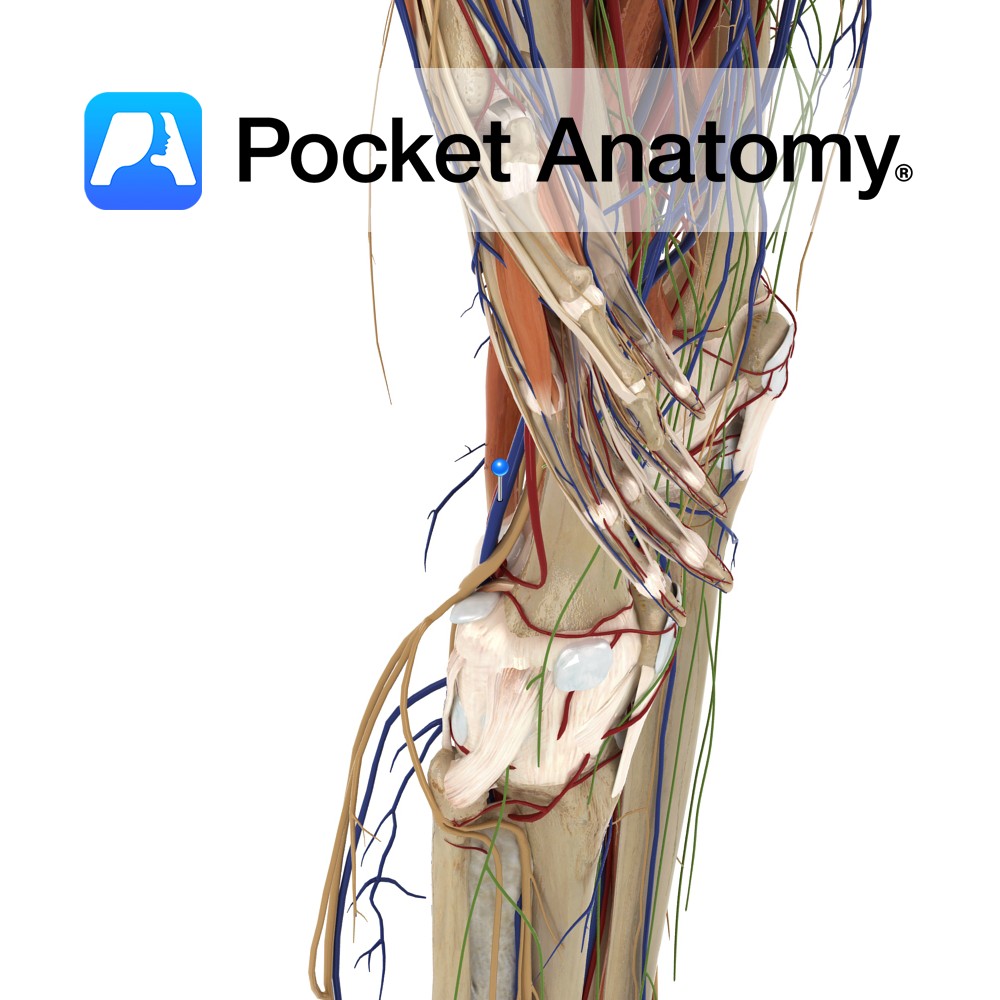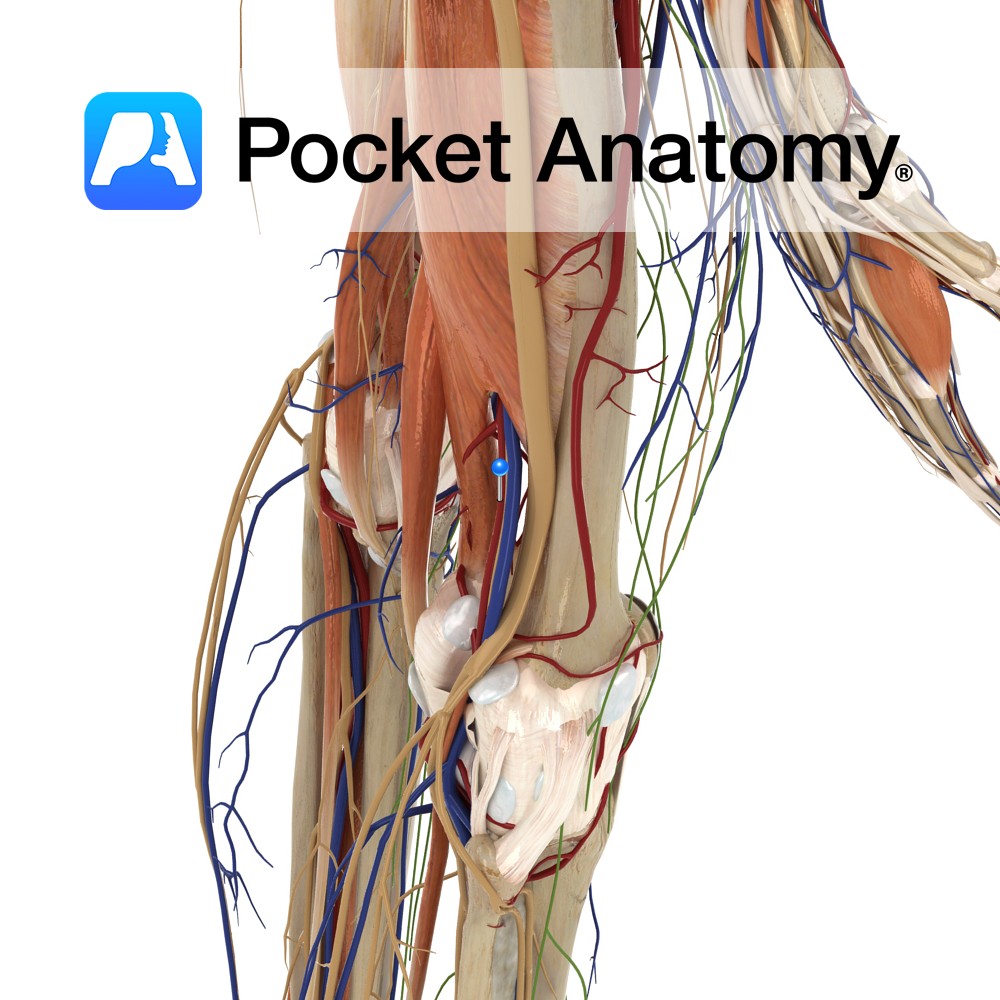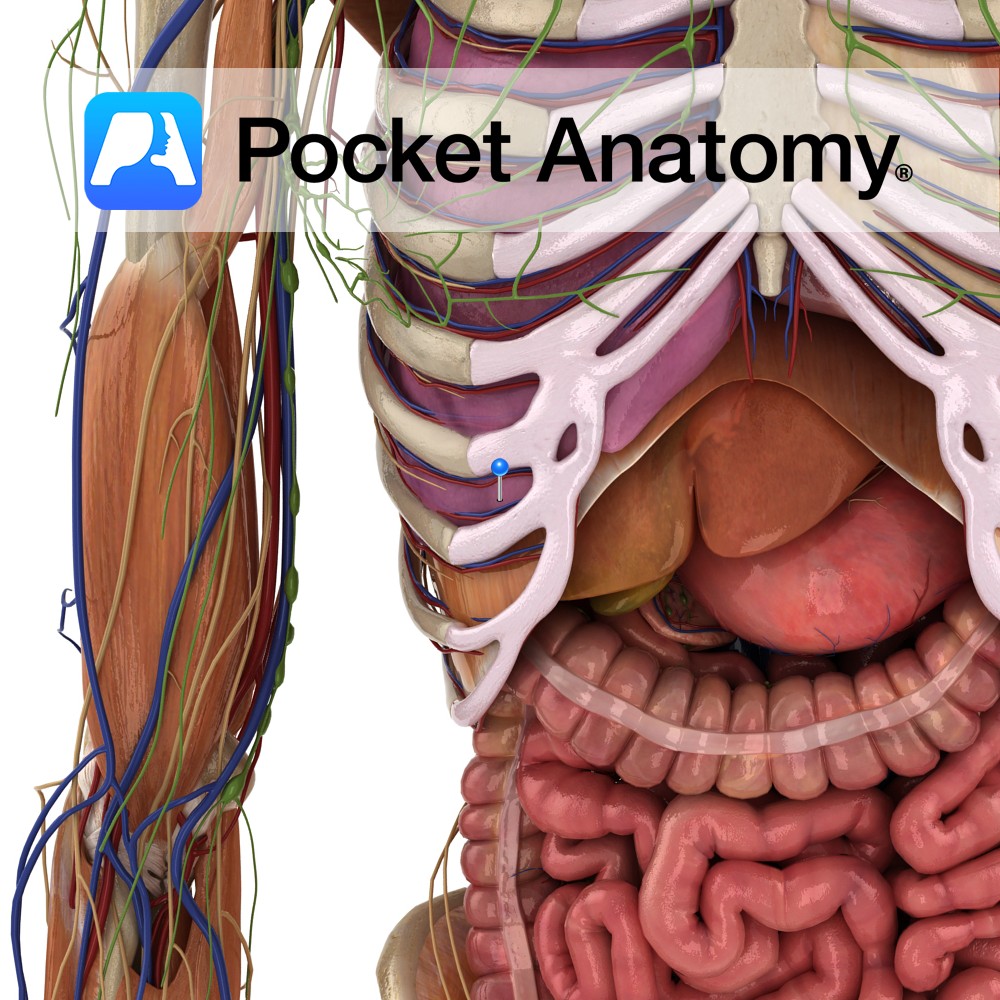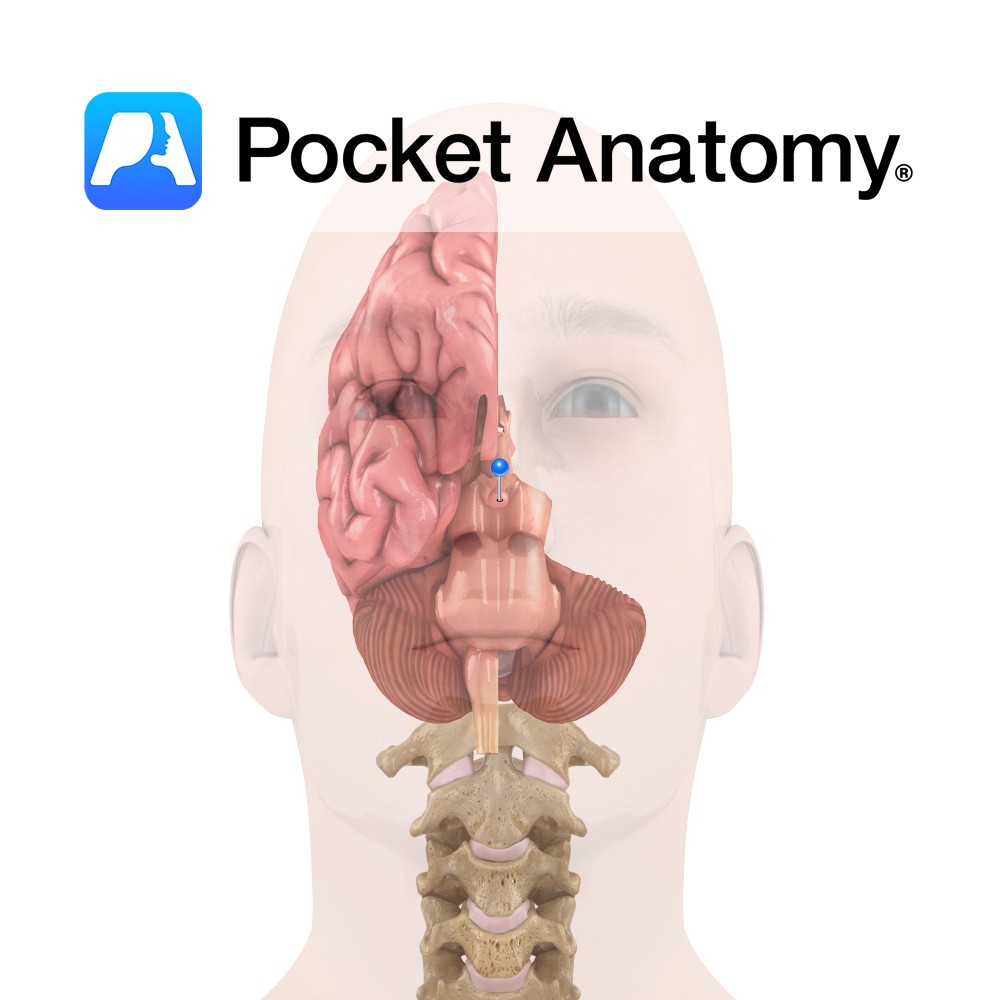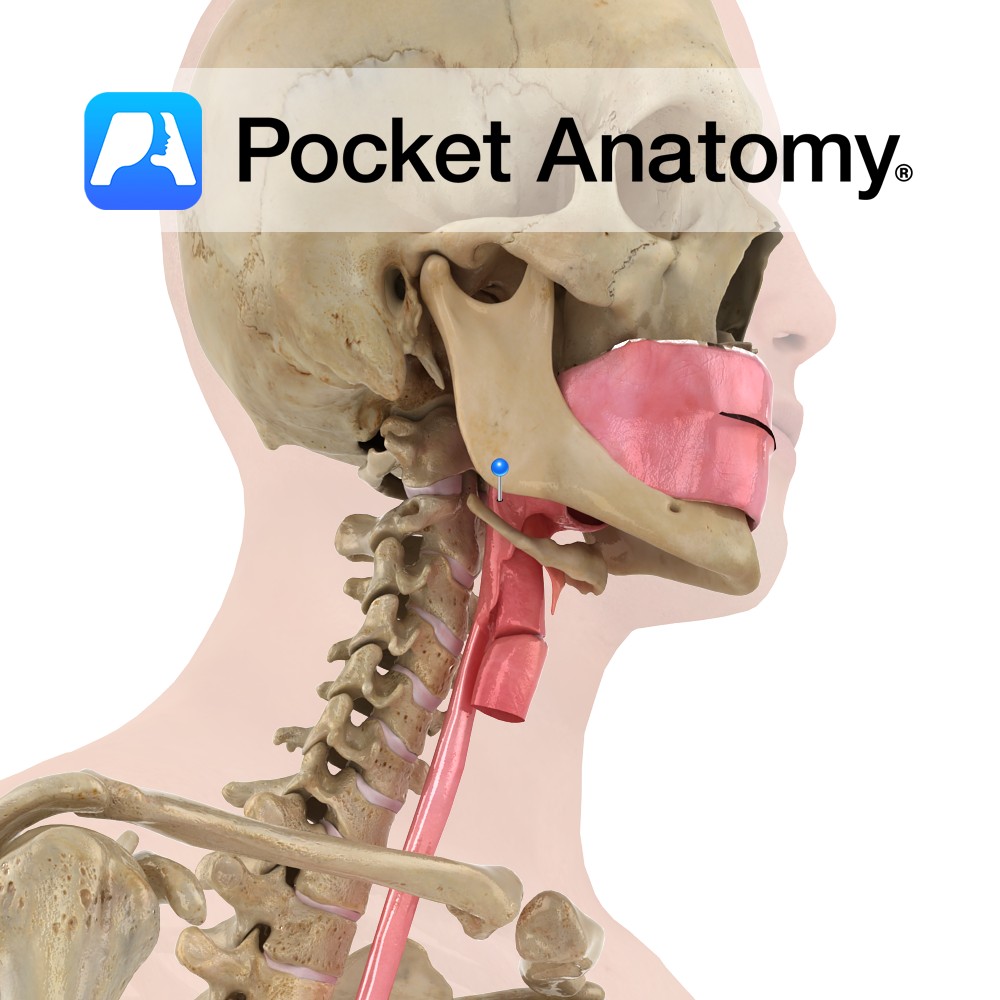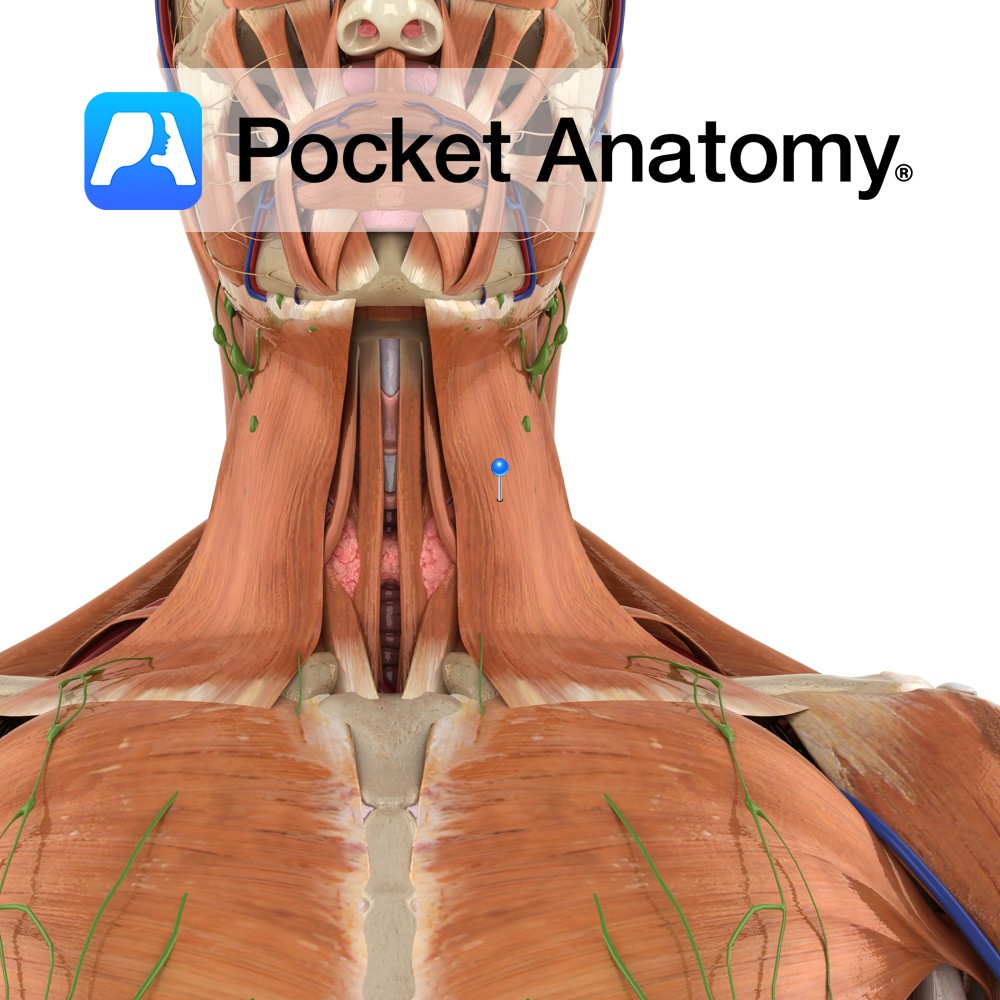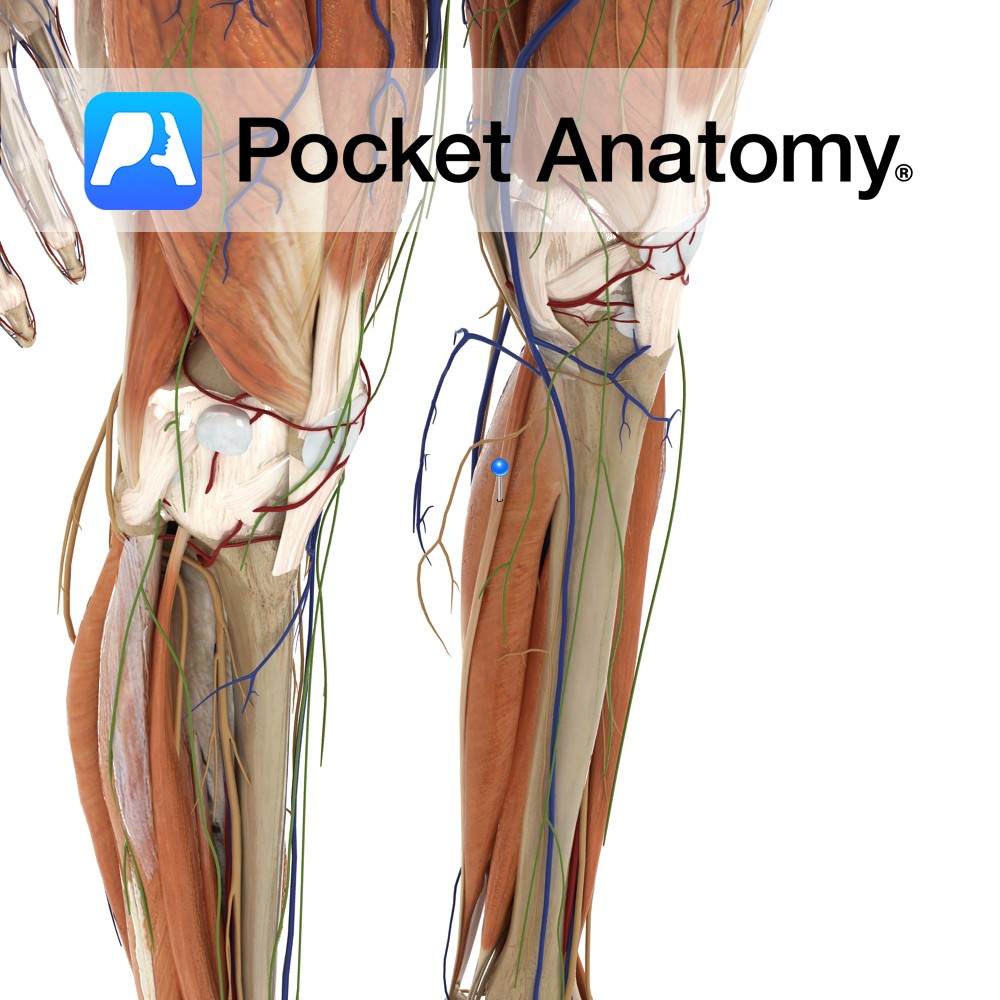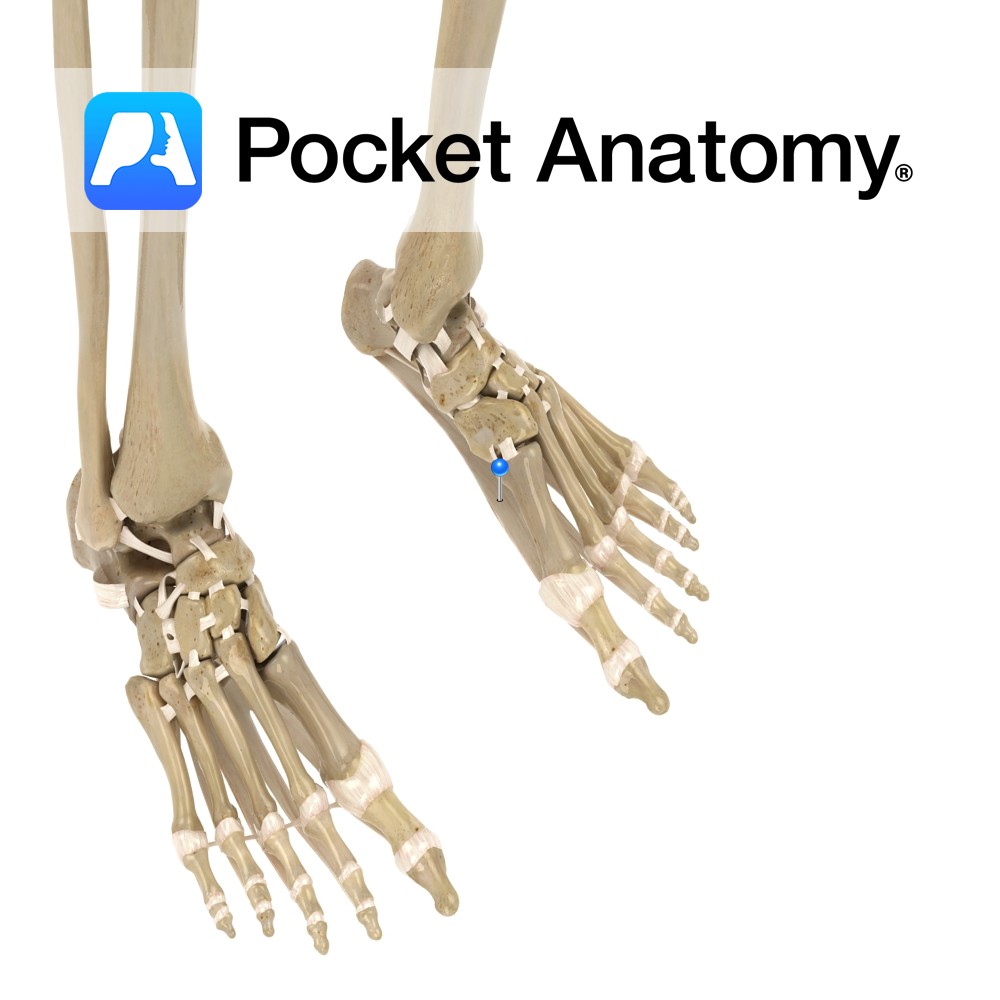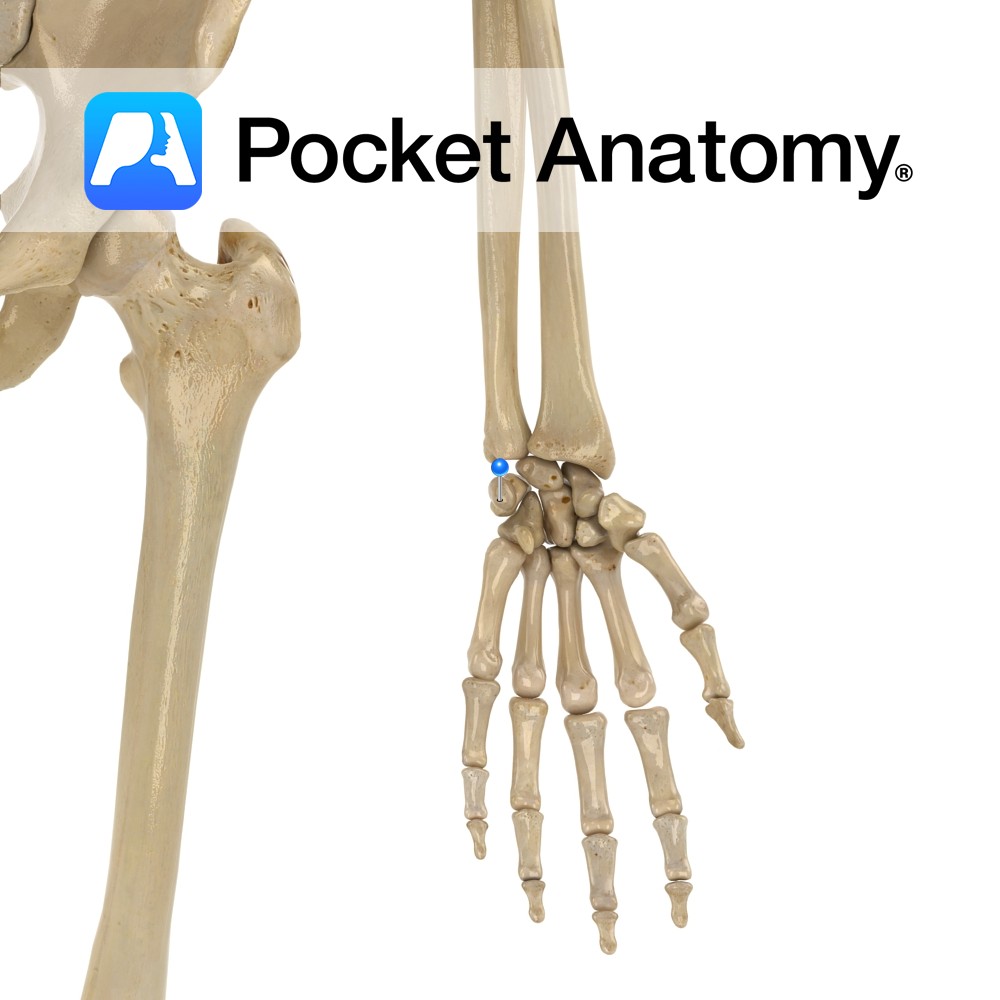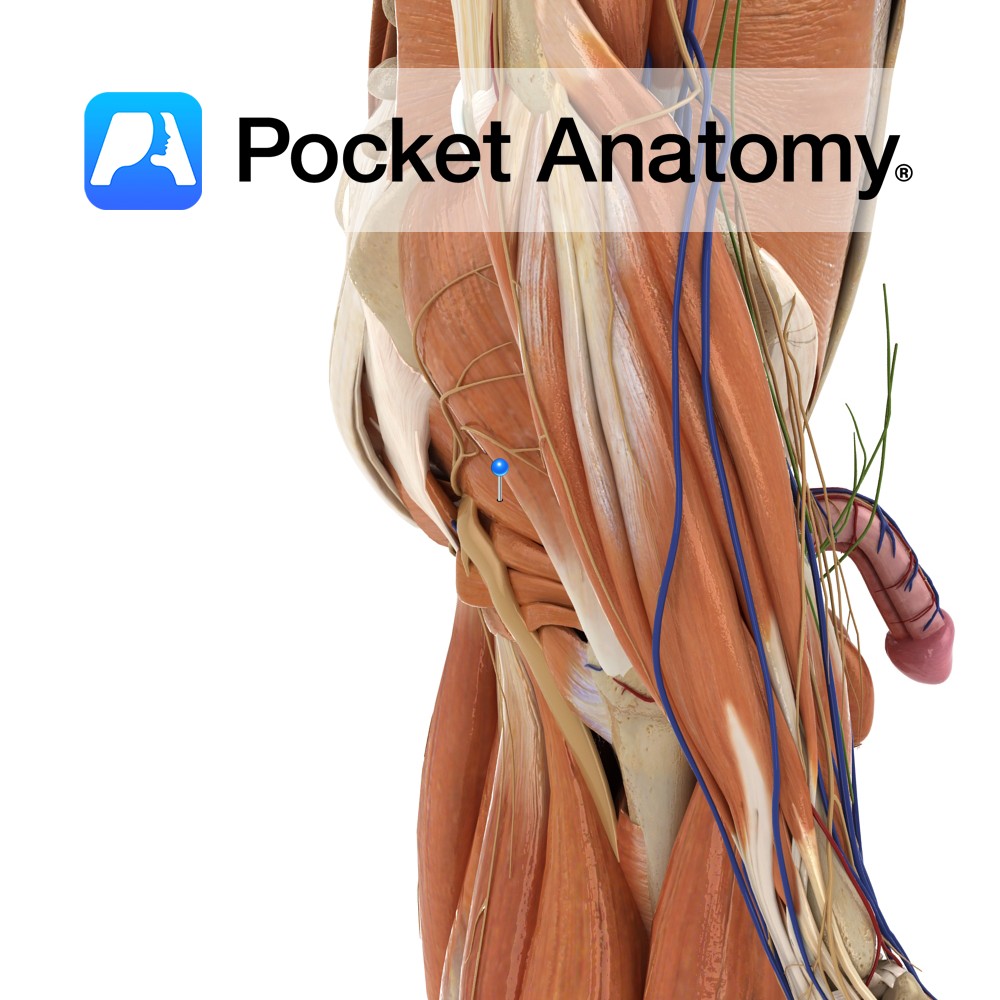PocketAnatomy® is a registered brand name owned by © eMedia Interactive Ltd, 2009-2022.
iPhone, iPad, iPad Pro and Mac are trademarks of Apple Inc., registered in the U.S. and other countries. App Store is a service mark of Apple Inc.
Anatomy Course Formed on the posterior aspect of the leg, as the two tibial veins merge. It ascends through the popliteal fossa and becomes the femoral vein. Drain Drains the lower leg and knee joint. Interested in taking our award-winning Pocket Anatomy app for a test drive?
- Published in Pocket Anatomy Pins
Anatomy Course An extension of the superficial femoral artery once it passes through the adductor canal and enters the popliteal fossa behind the knee. The popliteal artery is the deepest of the structures in the popliteal fossa and descends from the upper medial side. On leaving the popliteal fossa it bifurcates into the anterior and
- Published in Pocket Anatomy Pins
Anatomy Two layered membrane in thorax, folded on itself like a deflated but tied balloon, ie there is a potential cavity (if it were re-inflated). Between the pleural layers is a small amount of lubricant fluid that allows touching sides to slide over each other. One side (parietal – sensitive to pain) is externally attached
- Published in Pocket Anatomy Pins
Functions Stores and secretes (anterior lobe also synthesises) a number of essential hormones: Anterior: Human growth hormone, Thyroid-stimulating hormone, Adrenocorticotropic hormone, Beta-endorphin, Prolactin, Luteinising hormone, Follicle-stimulating hormone. Intermediate: Melanocyte-stimulating hormone. Posterior: Antidiuretic hormone (synthesised in supra-optic nucleus), Oxytocin (synthesised in para-ventricular nucleus). Anatomy Endocrine gland located at base of brain; inferior and connected (via infundibular
- Published in Pocket Anatomy Pins
Functions Allows communication between oral and nasal cavity. Separates (with epiglottis) food/drink and air into oesophagus and trachea respectively. Helps (along with nostils and nasal cavity) to warm and humidify inhaled air before lungs. Important area for reverberation when vocalising. Anatomy Cone shaped area at back of throat, typically 3.6cm2 cross section in men, 3.2cm2
- Published in Pocket Anatomy Pins
Anatomy Origin: Superficial fascia of the upper part of the thorax, covering pectoralis minor and deltoid. Insertion: Lower border of the body of the mandible, skin of the lower face, lateral half of the lower lip, and the buccal angle. Key Relations: -Platysma runs from the root of the neck across the clavicle to the
- Published in Pocket Anatomy Pins
Anatomy Origin: Inferior aspect of the lateral supracondylar line of the femur and the popliteal surface of the femur. Insertion: Medial side of posterior surface of calcaneus by the tendo calcaneus (Achilles tendon). Key Relations: -One of the three muscles of the superficial posterior compartment of the leg. -Forms the lateral lower border of the
- Published in Pocket Anatomy Pins
Anatomy Fascia consisting of thick connective tissue, of which most are longitudinally oriented collagen fibers. Attaches posteriorly to the tuberosity of the calcaneus, and anteriorly to the metatarsals. The fascia has three components: medial, central (which is the largest), and lateral. Functions Supports plantar aspect of the foot, and helps keep the arch of the
- Published in Pocket Anatomy Pins
Anatomy Small finger side (ulnar) of nearer (proximal) row of carpal bones, pea-shaped. Articulates up and in with triquetral. Attachments; transverse carpal ligament, flexor carpi ulnaris, abductor digiti quinti. Sesamoid bone (a bone inside a tendon that passes over a joint, protecting it and providing effective load transmission) in ulnar collateral ligament. Clinical The wrist
- Published in Pocket Anatomy Pins
Anatomy Origin: Anteriolateral surface of the sacrum by three digitations, greater sciatic notch and sacrotuberous ligament. Insertion: After passing through the greater sciatic foramen, inserts into medial side on the superior border of the greater trochanter of the femur. Key Relations: -Divides the greater sciatic foramen. Only the superior gluteal nerve passes superior to it.
- Published in Pocket Anatomy Pins

